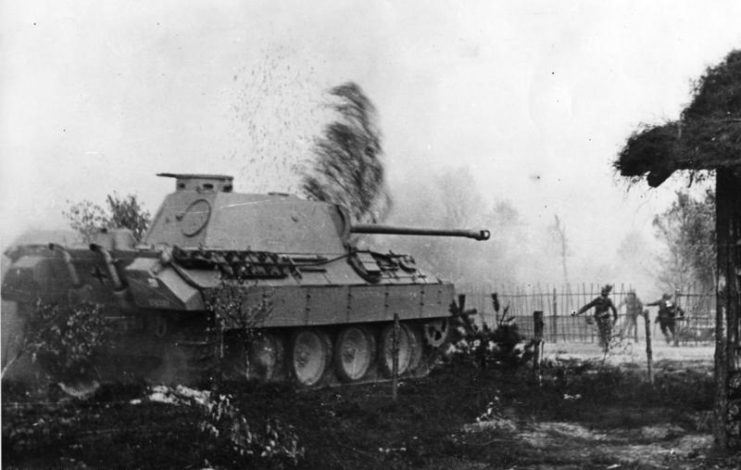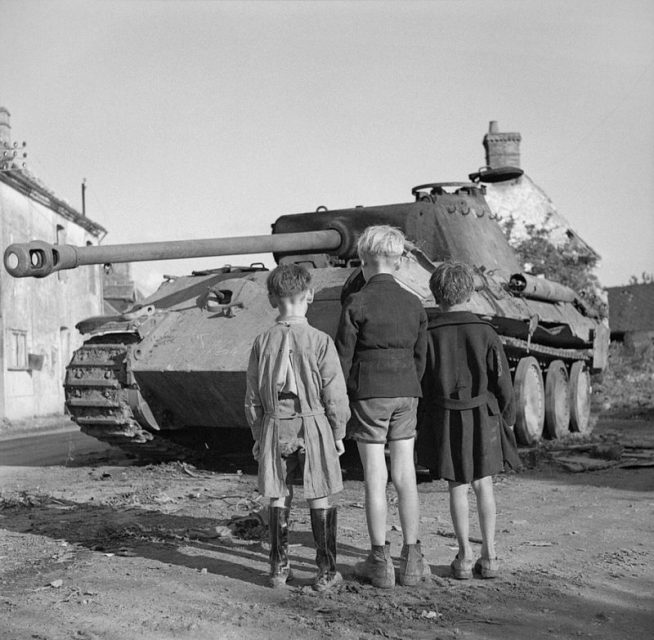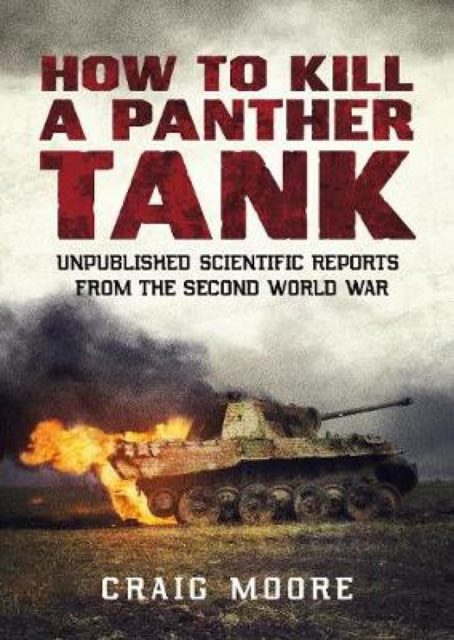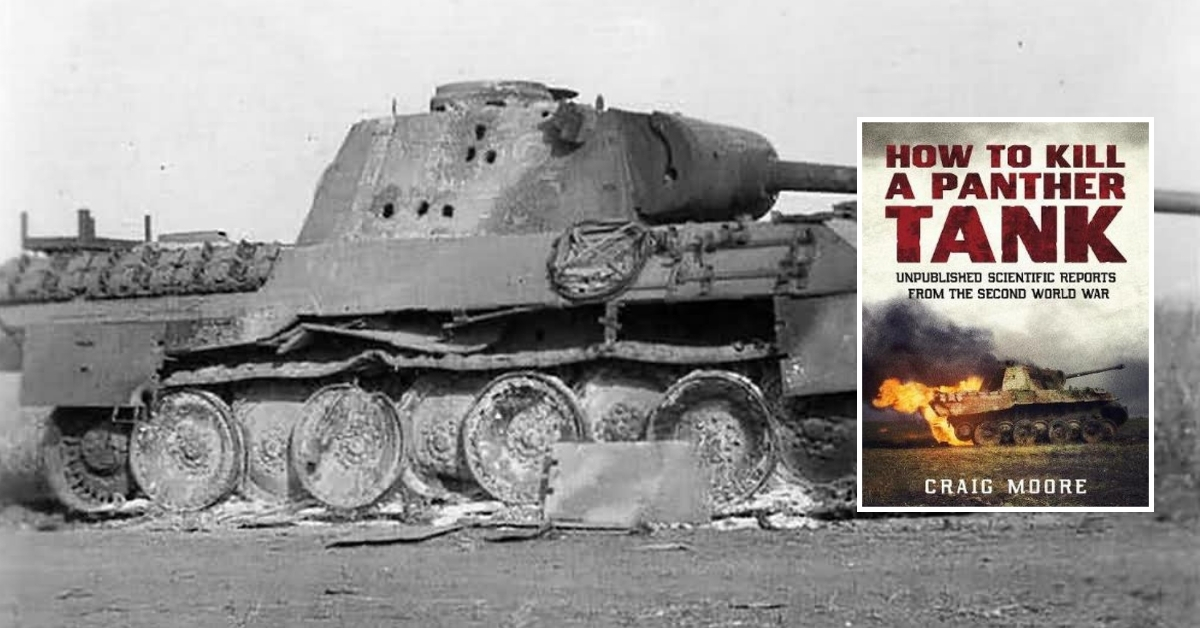We all know what a tough year it has been since the pandemic took hold and there has been little to cheer on the military vehicle scene, certainly in my part of the world. Back in June 2020, I had the privilege of visiting Axis Track Services to photograph the Panther Ausf A the company had restored for the Australian Armour & Artillery Museum.
The tank was set to make it’s long journey Down Under and this was a heaven sent chance to see the thing move and to get a good look at the stunning work done by the twins before the transporter arrived. I will cherish that day for a very long time.
While the Tiger remains supreme in so many hearts within the tank-loving world, it is the Panther I admire the most. Fantastic to look at, brutal, over-complicated and all the other epithets you can think of; the Panther has the lot.
Imagine what it was like to be confronted with the tank on the battlefield. This tank was a quantum leap in terms of its technology and lethality.
Ok, we know it was a built in reaction to the shock of the T34 and imitation is the finest form of flattery, but the Panther must have scared the hell out of the Allies before they got a chance to examine the tank and work out how to stop it. I rather get the impression the tank did the job for them, itself, a good number of times. I
t’s remarkable how something as brutal as the Panther could also be so delicate. With all those torsion bars and other refinements eager to go wrong. I’ve looked in the empty engine bay of Kevin Wheatcroft’s Ausf A and wonder how the big Maybach lump ever squeezed in to somewhere so confined. It must have been a nightmare to maintain.

This fascinating book by Craig Moore takes us into the heart of investigations into how the Panther worked and how the Allies refined the ways to defeat it.
Mr Moore has poured over a great many reports and other documents to piece together how in depth analysis of the tank’s performance prepared the Allies to take the Panther on.
While combat histories are great to read, this book shows that other war, the one in the background, where soldiers, engineers, metallurgists and scientists took Panthers apart to see what made them tick. No stone was left unturned.
These dossiers from American, British and Soviet sources reveal they all concluded that, while the Panther was pretty scary, it could be beaten.
Perhaps a less technically minded reader might find themselves a little befuddled by all the detail at first glance, but there is so much to this excellent book and the many nuggets of fascinating information build a strong picture of the Panther and all it’s limitations.
I found myself wondering what happened to the tanks brought to the UK for examination and presume they died moderately noble deaths as hard targets a long time ago.
While the book may seem like one for the diehards, the truth is it offers more than just an autopsy, becoming something of a love letter to the Panther; and this is perfectly fine by me.

Mr Moore takes time to consider the Allied weapons intended to stop the Panther and looks at the ammunition developed for the purpose.
The use of contemporary images of the effect of hits on different areas of the tank, along with consideration of the Panther’s drive and suspension made in the hope of finding its Achilles heal all make for good reading.
There is a good deal about experiments with explosives and other means to knock a Panther out. This all serves to underscore how worried the Allies were about the impact of the tank.
The author takes time to look at surviving examples to complete a thoroughly good account of how the Panther was developed, what the Allies made of it and what they came up with to defeat the tank on the battlefield.
This is a well presented, no nonsense book written by an author who has a deep affinity with tanks and their history. It is entertaining, fact filled and well illustrated. The book approaches the history of the tank from a perspective much different from the usual routine.
I can only hope that Craig continues in this vein with the ninety-eight other books he seems to be writing all at once. Only kidding – I think it is only ninety-seven. Very highly recommended.
Reviewed by Mark Barnes for War History Online

HOW TO KILL A PANTHER TANK
Unpublished Scientific Reports From the Second World War
By Craig Moore
Fonthill Media
ISBN: 978 1 78155 796 9
